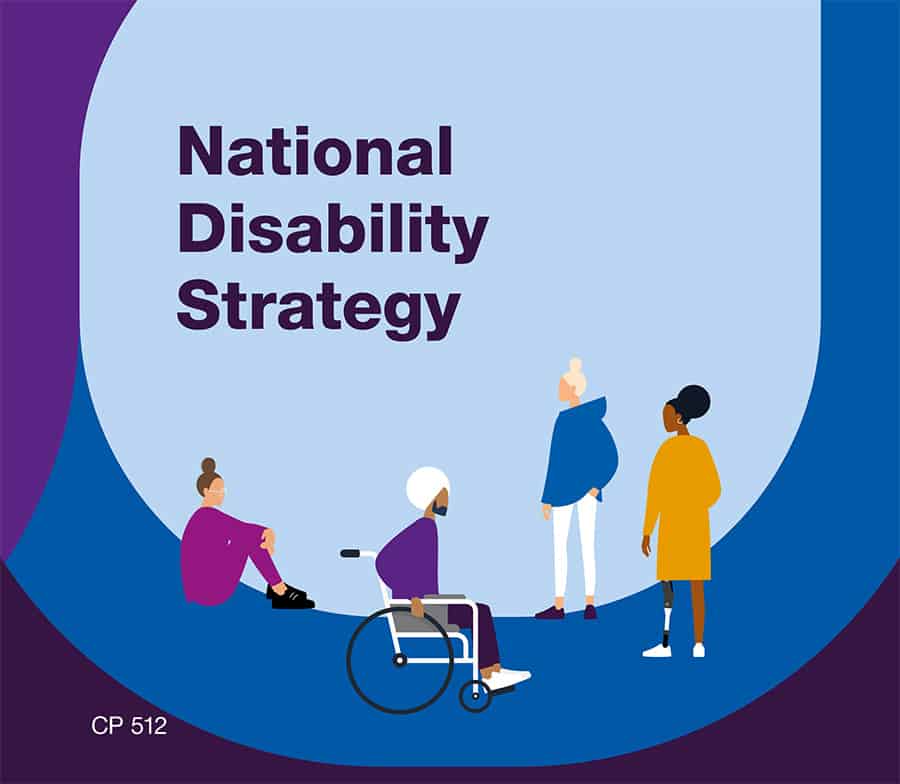National Disability Strategy pledges to make homes more accessible and upgrade job support

More accessible housing, easier commuting and better job prospects are set to become reality for millions of disabled people in the UK through actions set out in the UK Government’s new National Disability Strategy.
Supported by £1.6 billion of funding, the strategy is focused on improving inclusion in the workplace, tackling the disability employment gap – currently at 28.6 percent – and making sure children with special educational needs and disabilities (SEND) are at the heart of the strategy.
This includes: introducing workforce reporting for businesses with more than 250 staff on the number of disabled people to encourage more inclusive practice; launching a new online advice hub available to both disabled people and employers, which provides information and advice on disability discrimination in the workplace, flexible working and rights and obligations around reasonable adjustments; and investing £300 million to create places, improve existing provision in schools and make accessibility adaptations for children and young people with SEND.
Minister for Disabled People Justin Tomlinson said: “For the first time, we have real cross-government focus, with clearly set out priorities and aims.
“We are absolutely committed to putting disabled people at the heart of government policy making and service delivery. Their voices, insights and experiences are central to this strategy and our future approach. By engaging disabled people, their families, carers and organisations, collectively we will deliver real and lasting change.
“That’s empowered us to focus on the things disabled people tell us are most important to them, and crucially they’ll be able to hold us to account as we deliver real and lasting change.”
The UK Disability Survey, which had over 14,000 respondents, helped inform the National Disability Strategy.
Almost half of respondents to this survey reported having at least ‘some difficulty’ getting in and out of where they live.
To help make homes more accessible, as part of the strategy, the government is raising the accessibility requirements for new homes and adapt existing homes using the £573 million Disabled Facilities Grant (DFG) to make changes like widening doors, installing ramps, fitting stair lifts or installing a downstairs bathroom.
Furthermore, the Ministry of Housing, Communities and Local Government (MHCLG) is commissioning new research to develop the statutory guidance on meeting Building Regulations, covering access to and use of buildings (Approved Document M). The research will help the government to improve guidance and inform future policy. It will also consider modern building design approaches, assistive technology, and building use and operation.
MHCLG and the Department of Health and Social Care (DHSC) will also jointly publish new government guidance for local authorities in England on effective delivery of the £573 million DFG during 2021.
In addition, the National Disability Strategy outlines new technology making rail journeys easier and more accessible. This encompasses enabling disabled passengers to contact staff from their seat on the train with the new support in place by end of March 2022, with the Department for Strategy supporting innovative projects that will improve communication for disabled passengers and others with reduced mobility on rail services.
Projects will be supported with between £50k and £400k and will use new technology to make using the railways easier and more accessible.
Read the full National Disability Strategy here

